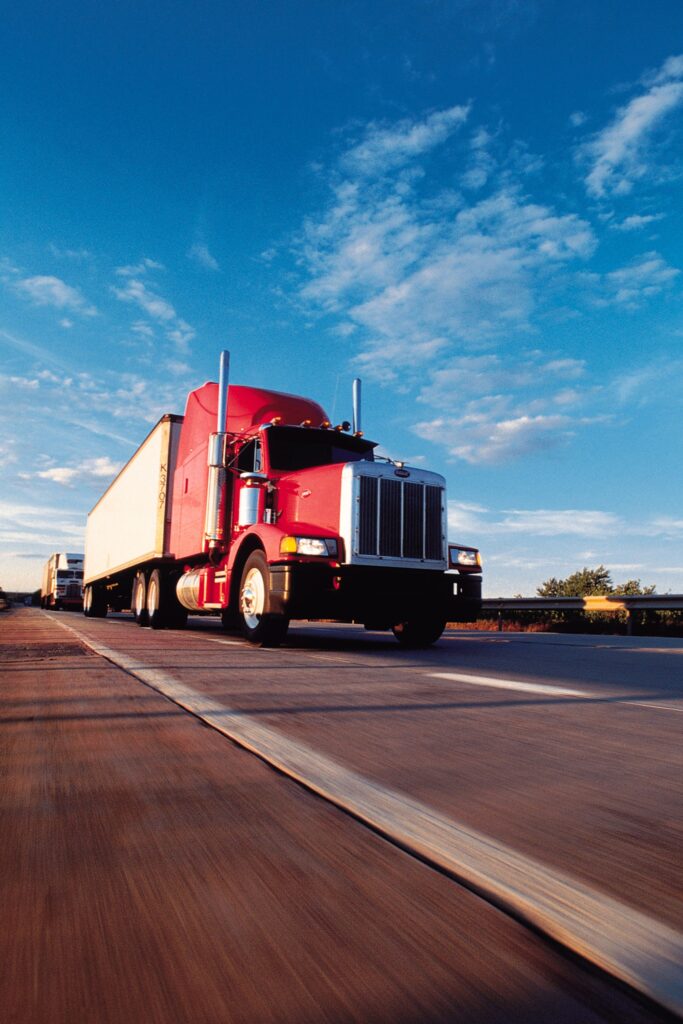Benefits of Dry Van Transportation Services
Dry vans are primarily used to carry large shipments; however, they are also used for LTL (less than truckload) transportation. LTL carriers consolidate shipments to multiple destinations, reducing costs. Dry van trucks easily fit into loading docks. Using the drop and hook method, empty trailers and full trailers can be swapped quickly. With drop and hook, a driver drops his trailer at a location and hooks to another trailer, saving time as there is no need to wait to unload and load freight. Dry van trucking is a perfect solution for hauling cargo short and long distances, protecting the cargo from weather and temperature changes. Because goods are stored in a “locked” box, the dry van trailer, they are difficult to access, reducing the potential of theft.

